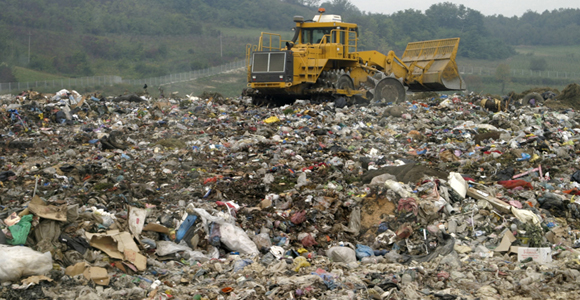In America and most of the world, we are consumers. This mentality really tends to show as we come into the holiday season. “Modern manufacturing of projects gets 70% of its materials from the lithosphere in the form of fossil fuels, stone, and metals, which are mixed and recombined. The materials are used briefly and then spread out across the planet in small amounts where they can never be retrieved” (Robertson, P. 249). This is so true, think of the last product you use, hair spray, a hummus container or a zip lock bag. As consumers we use those projects a fraction of the time they will sit in a landfill somewhere around the world.
Eco-Industrial Park is a new idea where others use the by products that come from the production of goods. An example is the Asnaes Power Statino in Denmark. The 1,500 mega-watt coal fired power plant is Denmark’s largest power station. Asnaes Power Statino produces heat, steam, fly ash and sludge from scrubbers. All of these by products of making electricity are then used in the community to make other products. There by making this electrical plant sustainable. The heat from the plant is taken to the town’s district heating system and to a local fish farm. The fly ash is sent to a cement factory. Lastly, the sludge from the plants scrubber is set to a plasterboard plant which creates sheetrock. This plant was designed to share the by products to be used in other areas of the town. If cities in America did this it would lower carbon emissions as well as cause the businesses to work together.
By not working together and using by products we are creating waste. “Every day the average person living in the US throws away 4.6 pounds of solid waste” ( Robertson, P. 268). Waste management is important in our society. Denmark seens to have it down. In America most waste is collected through Municipal solid waste, meaning the local town or city is responsible for the collects of the populations waste. “64.5 percent of solid waste in the US is sent to a landfill” (Robertson, P. 271). Over the last century, landfills have changed from holes in the ground to engineering marvels. These craters in our earth are now lined with special materials to prevent toxic materials into our soil. Also pipes at the bottom allow methane gas to be realized.
The remaining 35.5% of solid waste is incinerated. Though incinerating lowers the volume of solid waste by almost 90%. That 10% of ash is full of dioxions and other pollutants. What storing the ash, it must be done with the upmost care, as to now enter the soil or ground water.


